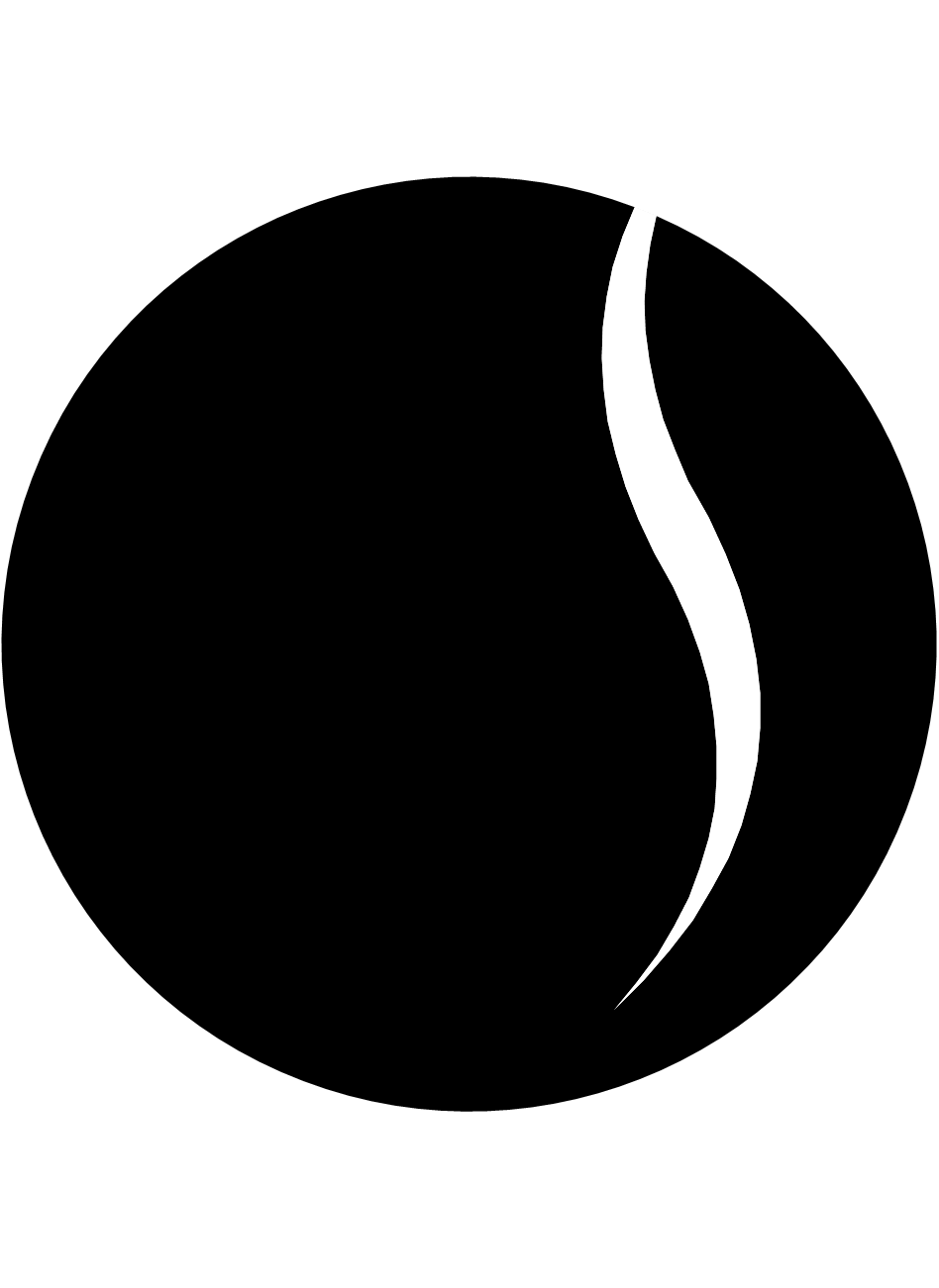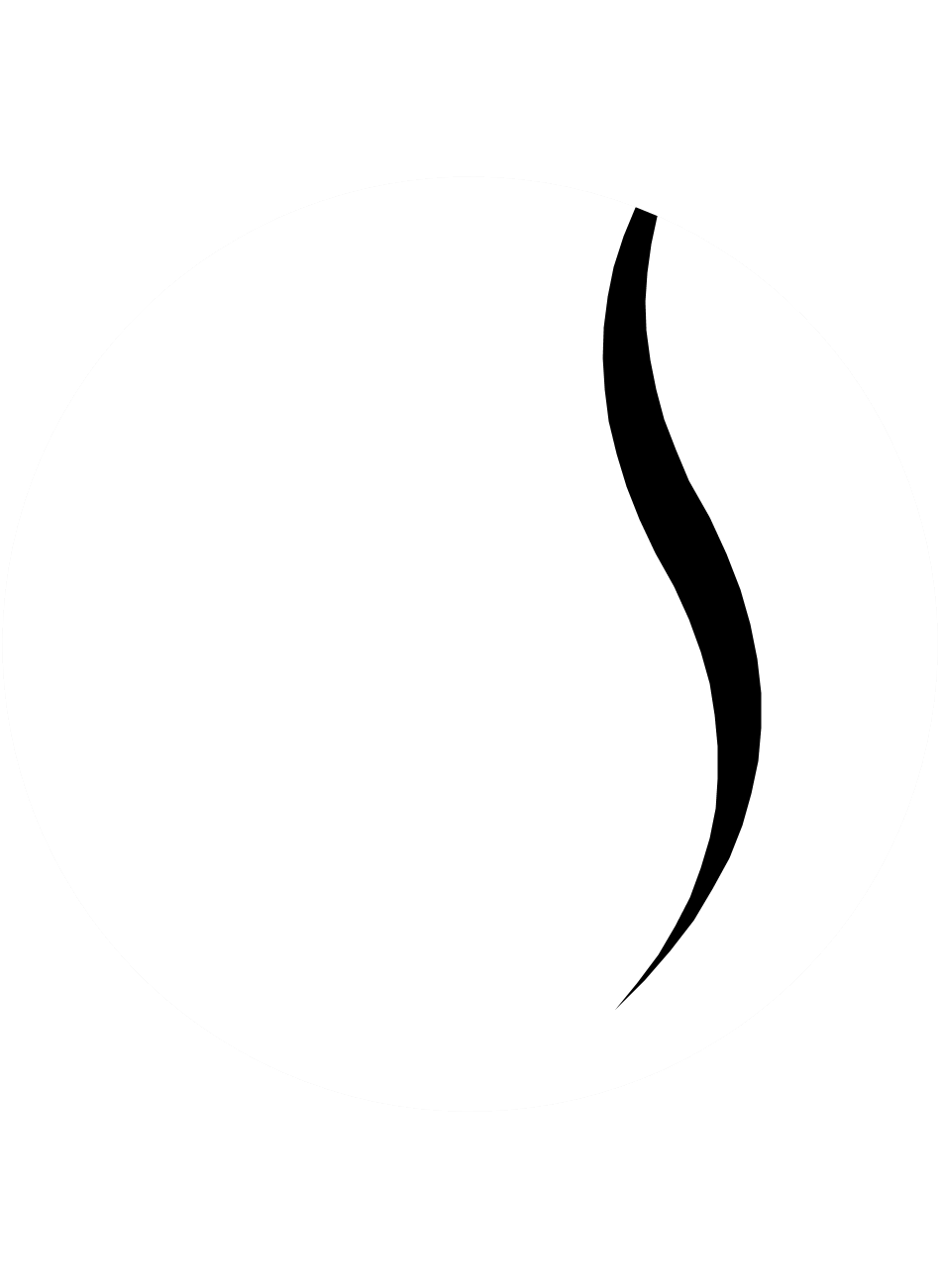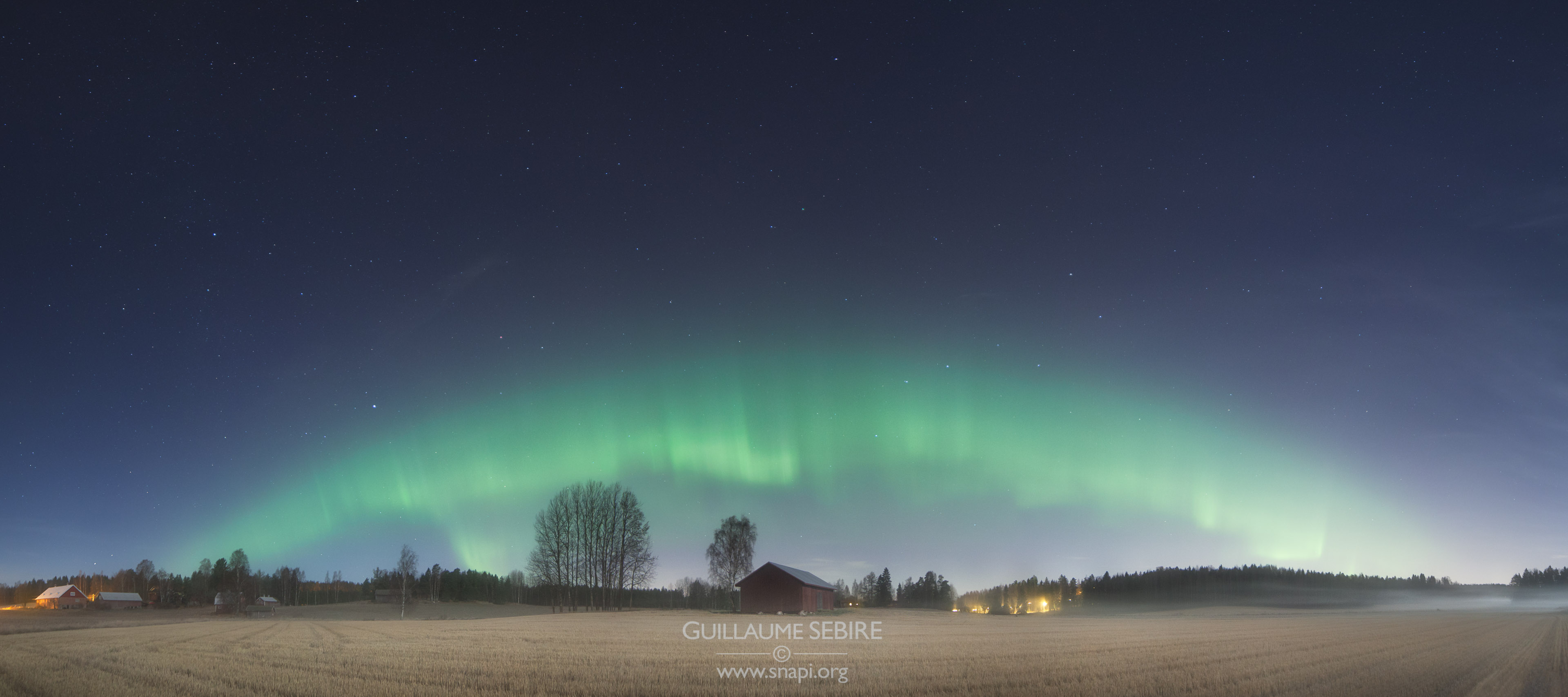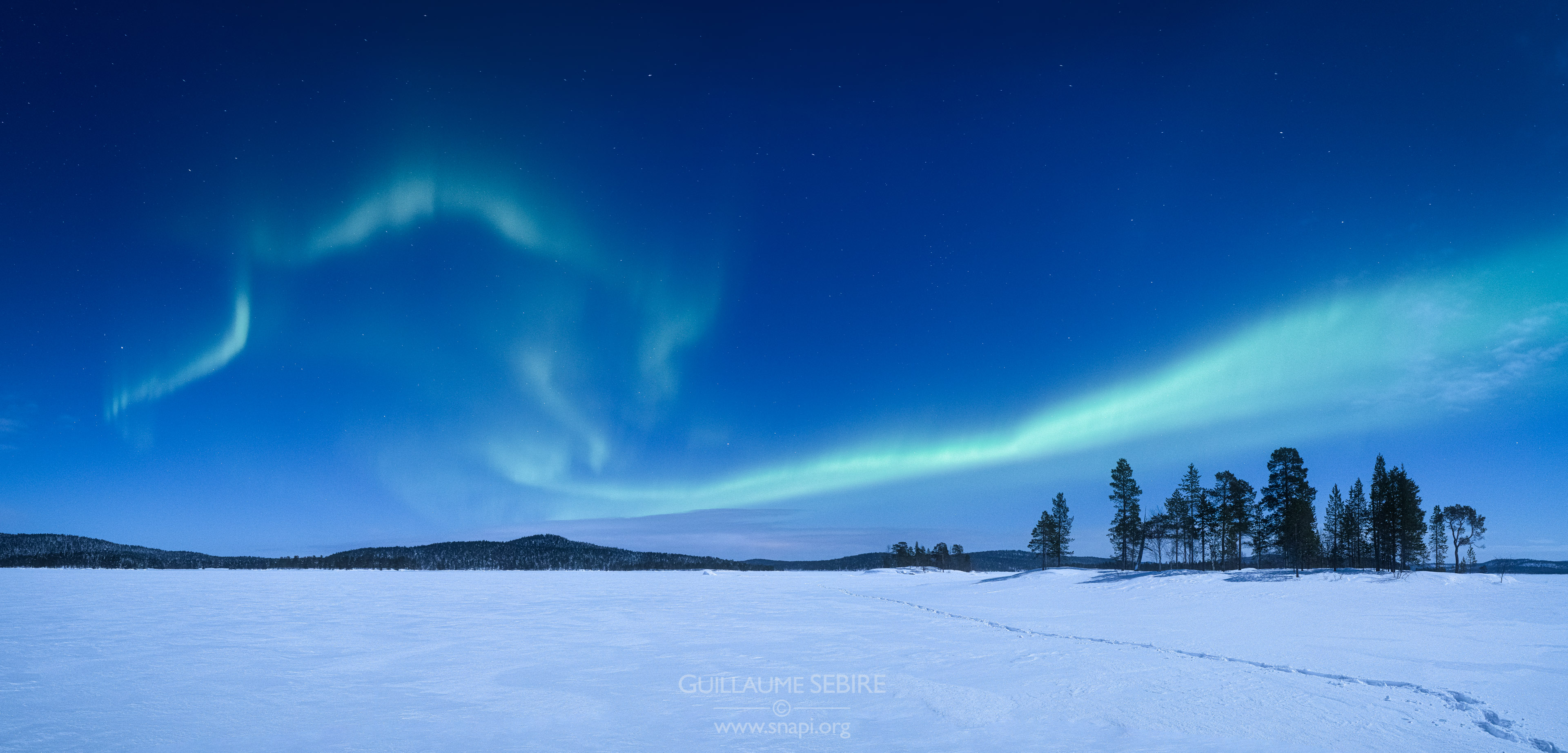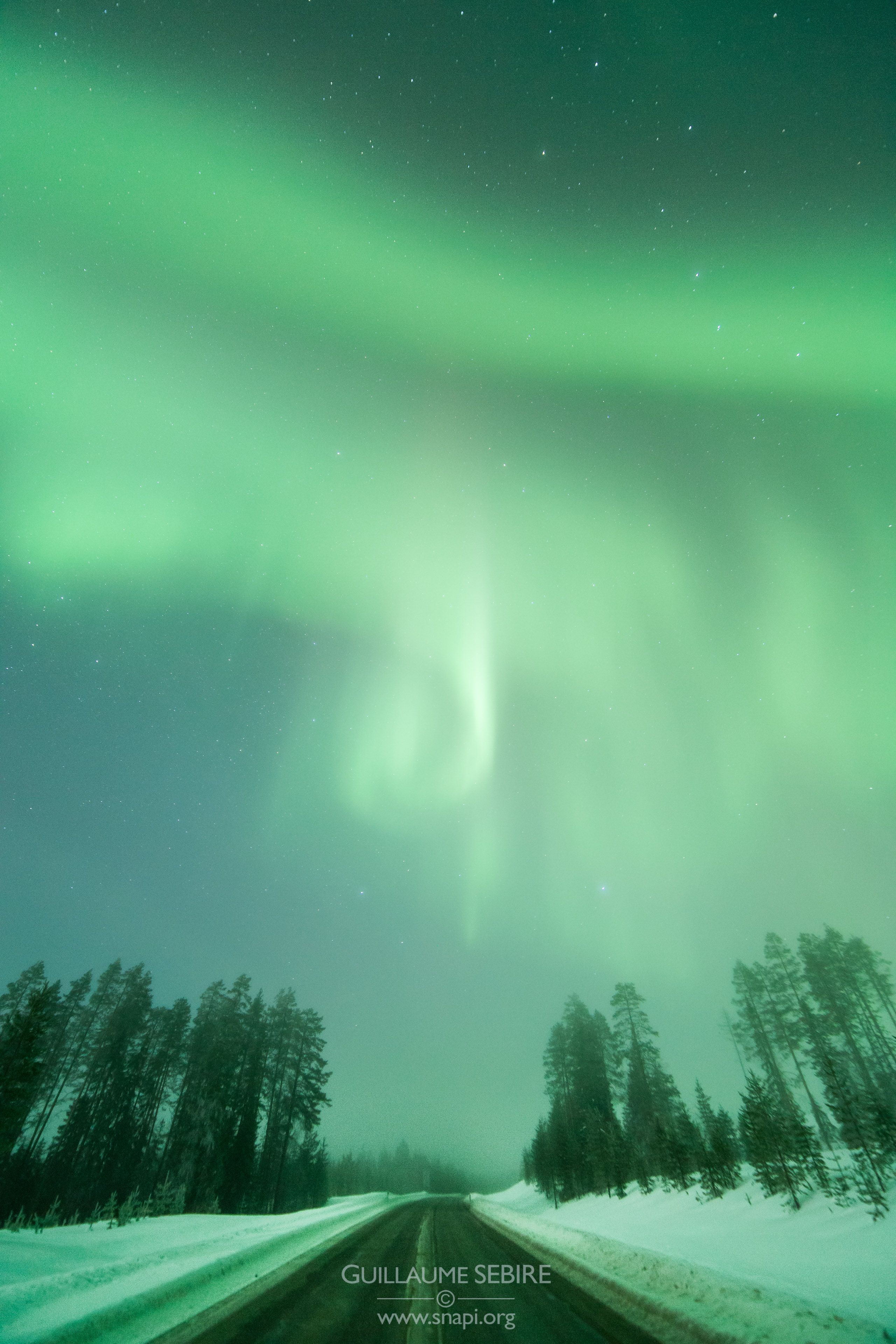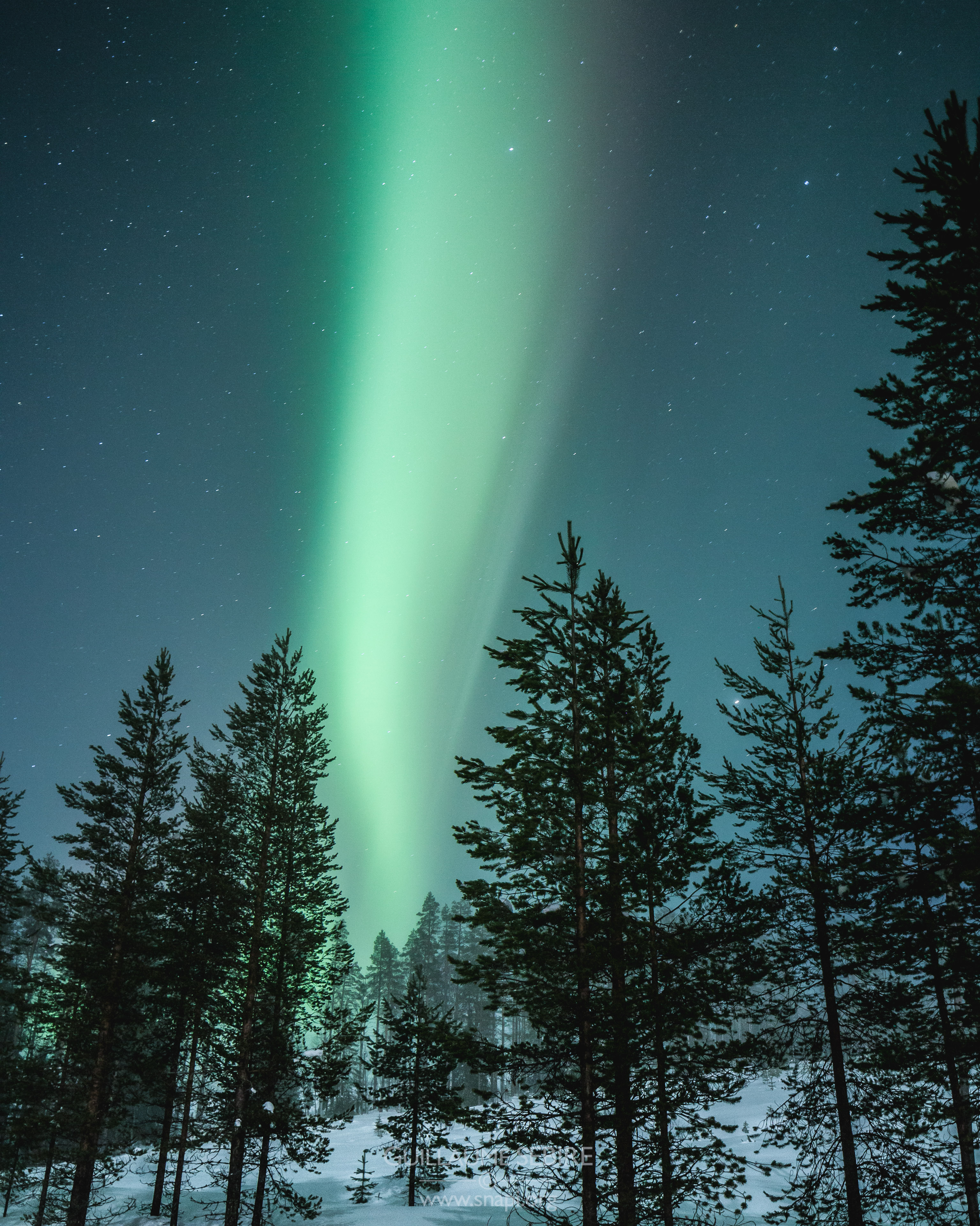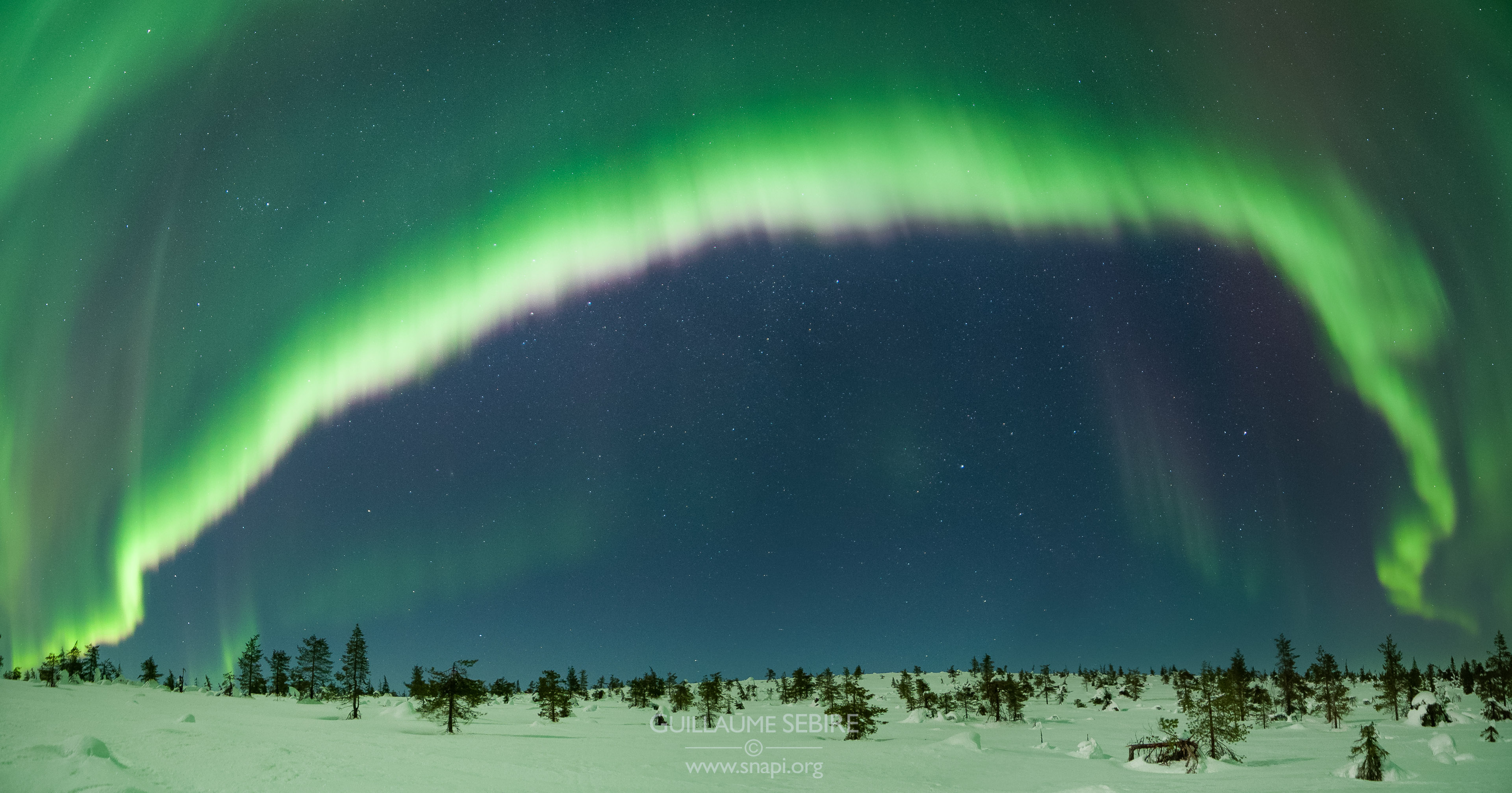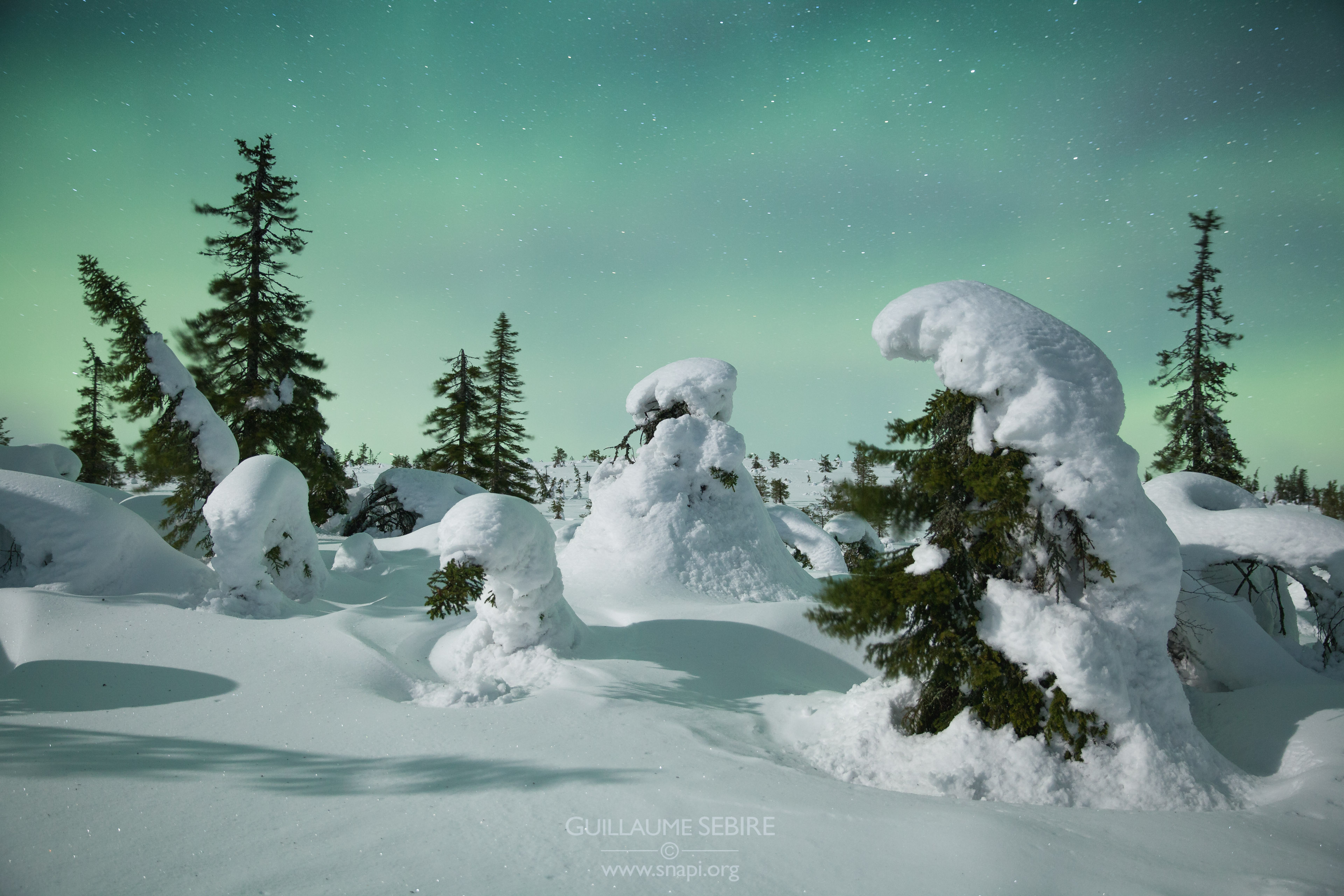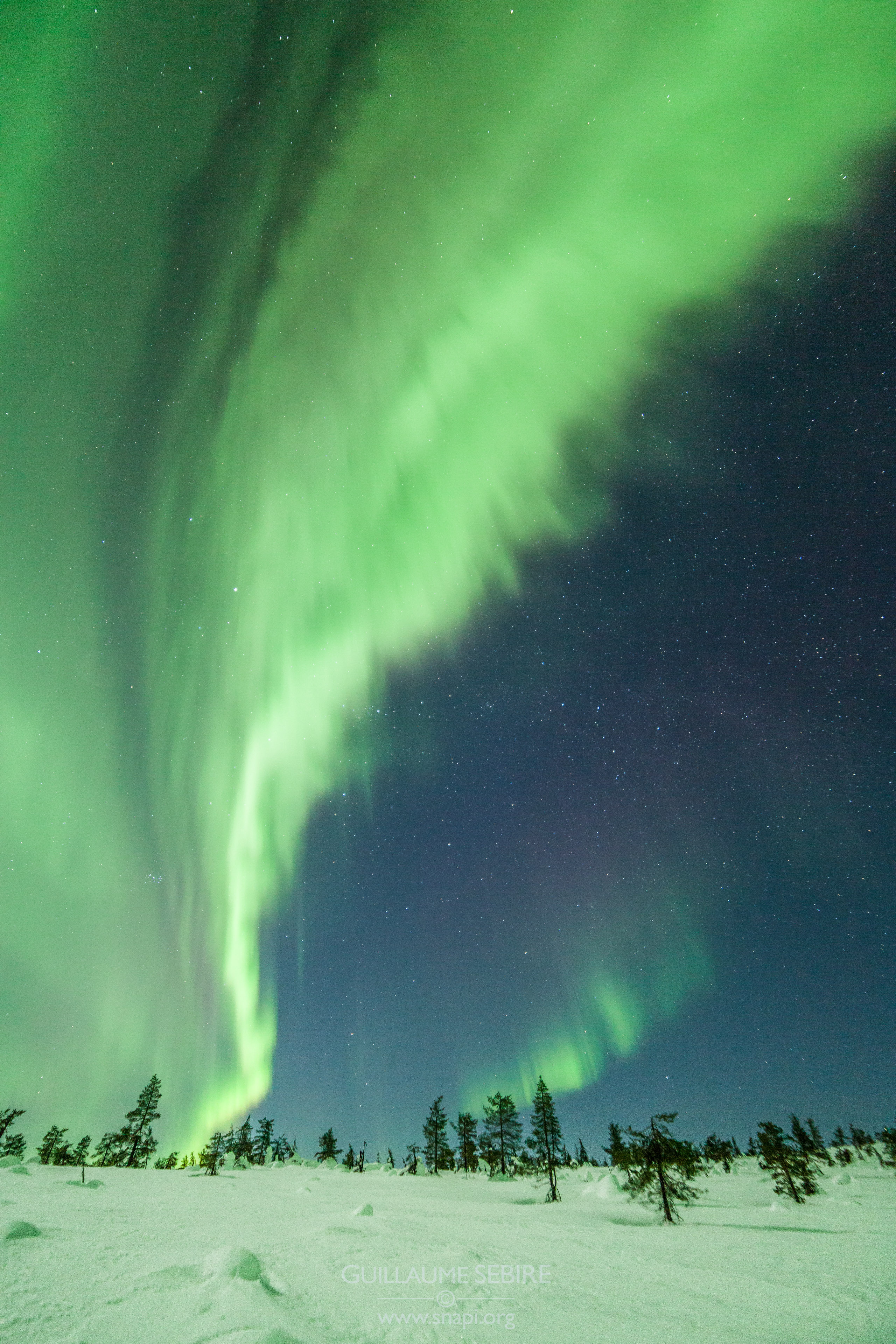Auroras
Seeing auroras dance silently in the night sky is truly one of a lifetime’s most magical experiences. In order to see an aurora whether borealis or australis, you need a clear night, preferably no light pollution, to be located up North (or down South) within the auroral oval and quite a bit of luck. The aurora is elusive, yet forecasts are getting better and better courtesy of a better understanding of our Sun and its activity. Excellent long-term and short-term forecast data can be found at NOAA which covers both hemispheres. Short-term local forecast data across Finland can be had at Auroras Now! For Australia, refer to SWS. There are a number of mobile apps available as well – I use Aurora Forecast extensively that collects and displays all important data from NOAA.
Photographing auroras is not too difficult, but it is very easy to get the aurora-fever-panic once on location – said otherwise, not to remember what to do when on a date with the gorgeous green lady that may vanish at any moment! So, take note to use the following: a wide angle lens with a large aperture (f/3.5 or below), manual focus only (at infinity ∞ – you need to practice doing this in darkness), manual exposure (preferably BULB mode as auroras and their intensity can change rapidly), a remote shutter release, ISO depending on the intensity of the lights (I have shot bright auroras at ISO400 and dim ones ones at ISO1600 or ISO3200). The exposure time should remain as low as possible to retain the delicate structure of the aurora yet take in sufficient light (for very dynamic auroras I have used shutter speeds of about 0.5s to max 1s and for slower auroras, up to 2s or 3s). And remember to check your histogram – at night it is very easy to underexpose even when your photos seem to look great on your camera screen.
Tips: although light pollution is not your friend with auroras, a moonlit night will transform your photos allowing a beautifully detailed landscape complementing a gorgeous sky! While the aurora itself is stunning, do not forget your foreground. Should the moon be hiding, you can think of using a) your foreground as a shadow show (you do not want a boring black blob, but instead e.g. the shadow of a distant mountain, the intricate details of a tree) or b) the aurora reflections when possible e.g. in a stream or in a lake.
